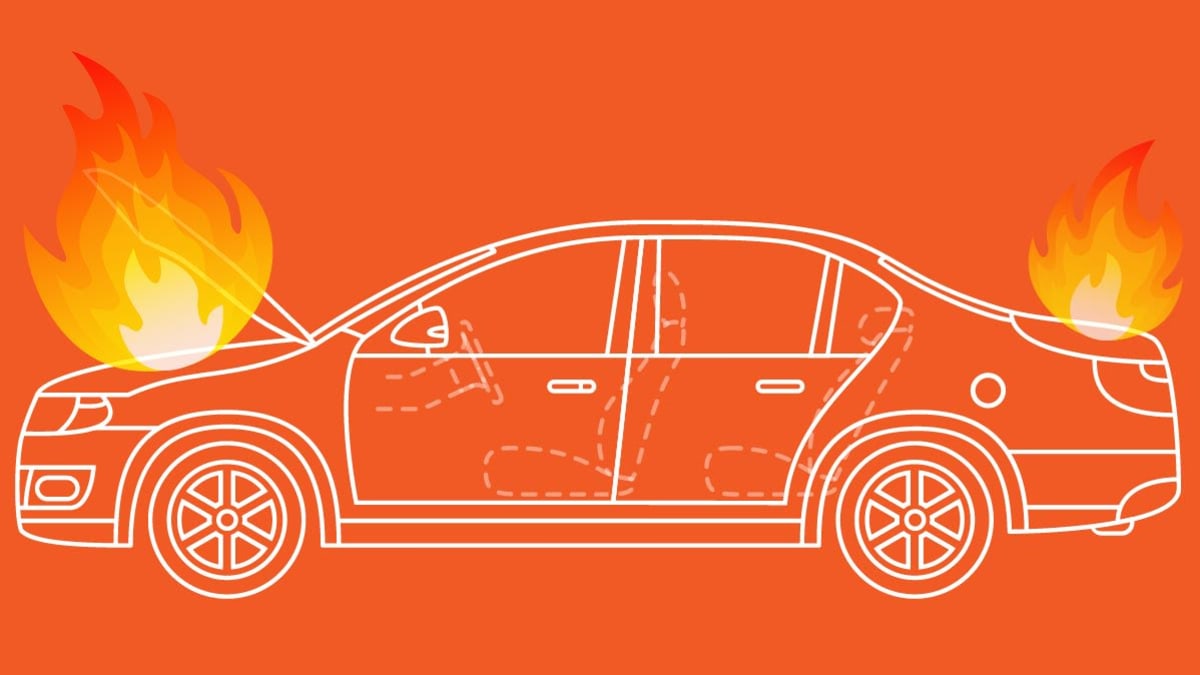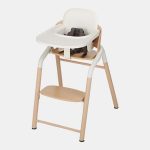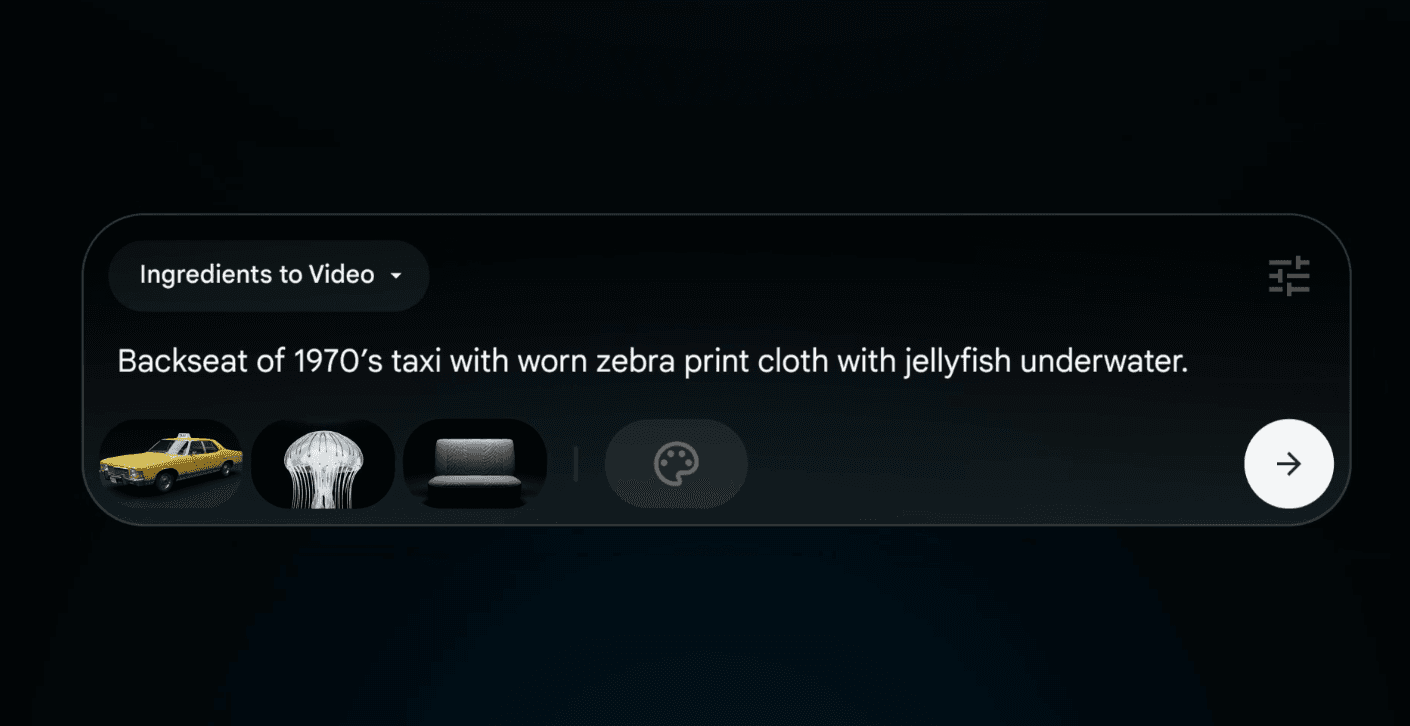
Although they are not all that common in the grand scheme of things and have decreased by 60 percent since 1980, vehicle fires are still a very real possibility. According to the National Fire Protection Association (NFPA), 16 percent of fire deaths in 2022 (the most recent year for which data was available) were caused by vehicle fires. And with the average age of vehicles on the road creeping up each year, NFPA points out that vehicle fires from mechanical and electrical malfunctions become more of a risk.
The truth is, vehicle fires are a frequent enough occurrence in this country to warrant serious thought by motorists, according to the Federal Emergency Management Agency. There were an estimated 171,500 highway vehicle fires in the U.S. each year from 2014 through 2016, the last year for which data is available. A vast majority—more than 142,000—were fires involving passenger vehicles, FEMA says. That’s an average of just under 400 fires per day.
Counting all highway vehicle fires, there were an average of 345 deaths, 1,300 injuries, and about $1.1 billion in damage each year from 2014 to 2016, according to FEMA. And data from the National Fire Incident Reporting System (NFIRS) shows that collisions were a contributing factor in only about 5 percent of highway vehicle fires, although they were responsible for 60 percent of the fatalities in such fires. Mechanical failure or malfunction was cited in 45 percent of vehicle fires from 2014 to 2016, and electrical problems played a role in more than 1 in 5 fires.
If you want a fire extinguisher to keep in your garage or car, buy only extinguishers that have been listed or certified by a nationally recognized testing laboratory, such as UL, ETL, CSA, and FM Approvals. You’ll notice letters on the extinguishers, which indicate the type(s) of fires they can handle. Class A are designed to put out rubbish, wood, and paper fires; Class B are for oil and grease fires; and Class C are for electrical fires. Class ABC models work on all the fires above.
No matter which fire extinguisher you buy, make sure its pressure indicator shows “full” and that it was manufactured within the last year. The National Fire Protection Association recommends that dry chemical extinguishers that are intended to be discarded after use should be disposed of 12 years after the date of manufacture.









